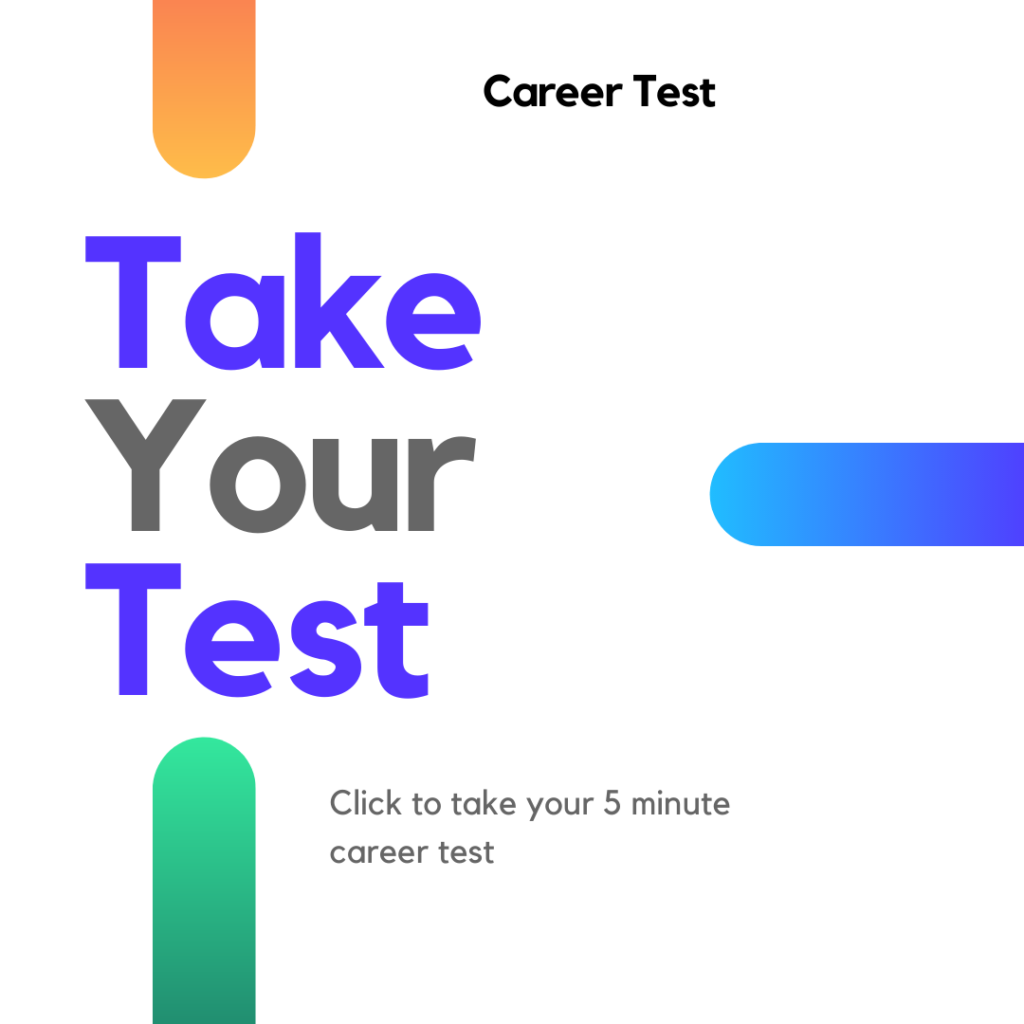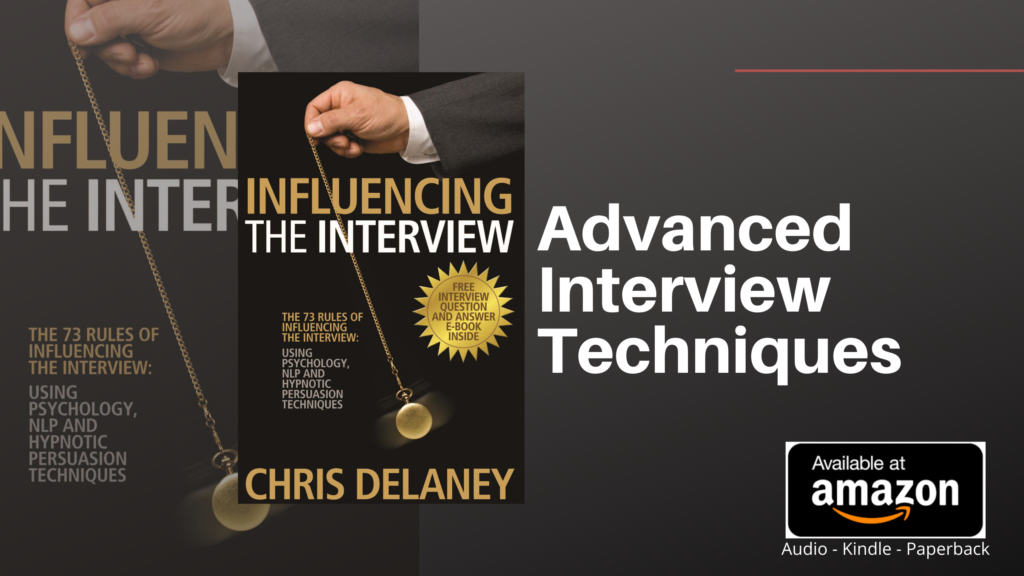Logically, the most suitable applicant will be hired for each advertised position.
This article will look at how an interviewees interview performance is affected directly by the interviewer.
Prior to the job interview, many factors affect which type of candidate will apply for the advertised role; the job advert copy, organisational reputation, the salary on offer, and several other factors.
Factors, simply put, create supply and demand.
A high paid job role would attract a high number of applicants, even those career professionals who are happy in their current position.
Jobs that require a particular skill or a rare qualification will require an HR team to encourage applicants who will feel, due to the level of their expertise, can get a high paid job in a number of companies. This can lead to recruitment managers recruiting less experienced employees than they had planned to.
On the other hand, recruits advertising for common skilled jobs may receive a vast amount of applications, requiring a recruitment process that can quickly reduce the number of applicants the organisation is interested in interviewing.
Without going into too much detail, the popularity of the job role, the employer’s need for a certain skill, and the salary band of the job position, from an applicant’s perspective, increases or decreases competition.
The less competition; the number of applicants applying for the job role, the level of other interviewees’ knowledge and experience, and the interveiw performance of all candidates, increases or decreases the likelihood of an interviewee being successful or not.
Unforeseen forces
In addition to the factors affecting the number, and competency level, of applicants attending a job interview, or even applying for the job role, is the unforeseen forces affecting the applicant’s ability to highlight their level of industry-related skills.
Two types of interviewers
The size of an organisation gives a clue to the skill level of the interviewer. Generally speaking, small businesses, due to the average annual company revenue can’t afford to hire a full-time recruitment team.
Often in start-ups and small sized companies, the owner will interview applicants for the new role. Even medium sizes business often fail to use skilled interviewers for recruitment, relying on team managers to conduct the job interview.
Whereas large organisations often have an HR (human resource) team with staff members dedicated to recruitment, or at the very least offer training on: how to conduct job interviews, the barrier of unconscious bias and how to recruit high-performing teams.
In short, large business, compared to smaller companies, will use trained job interviewers.
How an interviewee’s performance is affected during the job interview.
Prior to the job interview of each applicant, the hiring manager will initially read the candidate’s application to help form an impression of the individual they will be interviewing.
The candidate’s previous education, workplaces and positions held, create an assumption. This opinion, created from the application form, creates the halo or horns effect.
A pre-interview, positive (halo) or negative (horns), impression can be the difference between an applicant being offered the advertised job role or receiving the rejection letter.
This is because humans use once piece of criteria – attractiveness, as an example, to presume another trait without having any evidence. Experiments show, as an example, how people presume an attractive person to be intelligent.
Having worked at a well known company, or attended the same university as the recruiter or stating industry facts, models and theories on the application form can create a positive (Halo) generalisation.
This belief, in this example, is that the applicant is hirable, is taken, unconsciously, into the job interview.
The interviewer, believing the candidate deserves the job role, makes subconscious micro-changes to the way they act within the job interview, which encourages a better performance from the applicant, creating a self-fulfilling prophecy.
It is the little, seemingly non-significant, actions that affect an interviewee’s job interview performance; smiling, eye contact and the nodding of the head from an employer can be seen as signs of likeability and encouragement to the applicant.
Pre-learnt judgements
Strongly held beliefs by an interviewer have a direct impact on the outcome of a job interview.
If, as an example, a start up company believe that ‘older’ applicants aren’t creative, this belief will be hard to break even when evidence, that contradicts the opinion, is presented.
Generalisations, stereotypes and prejudices create an unfair job interview process.
Organisations, to counter the interviewer’s perception disorders, put employees and recruitment managers through mandatory unconscious bias and diversity training.
The problem here is that research has shown how unconscious bias training alone isn’t enough to make the required changes needed in the recruitment of a diverse workforce.
One reason for this is that people react negatively to being ‘controlled’. It is the ‘mandatory’ element of training that creates the feeling of being ‘controlled’ meaning that a voluntary option would improve the change process for those who opted to take up the offered courses.
What is needed is a change in workplace culture, where unconscious bias training is part of a wider programme. Evidence over the last 20 years, from implementing health and safety into the workplace and into employees’ conscious awareness, reducing death and injury numbers, has shown how multiple approaches for change can be highly effective.
Common prejudices that affect recruitment processes include:
- Age
- Gender
- Religion
- Ethnicity
- Disabilities
Perceived competencies
A recruitment programme, and therefore the job interview, is designed to predict the job performance of each applicant.
The ability to predict how a future, potential, employee would act within the culture of the organisation helps employers to build high-performing teams.
The final hidden force affecting the hiring decision of a recruitment team is the interview identity associated, unconsciously, to each applicant.
As the process of asking structured interview questions helps hiring managers cross reference the applicants skill set and experiences – their competencies, against the essential knowledge and experience required for the job role in question.
The process, throughout a full job interview, is taxing. Whenever the brian has to compute a vast amount of data it will use a shortcut.
The shortcut, in a job interview, is the process of creating an ‘interview identity’.
Based on the employers perception of the candidates level of knowledge and experience, and their level of confidence, the interviewer after asking the initial interview questions will, at a basic level , categorise the applicant from incompetent to employable.
Once a generic identity has been associated to an interviewee, the interviewer will use the generalization as a filter. Similar to the ‘halo’ or ‘horns’ effect, but based on job competencies, the interviewer’s behaviour can change, positively or negatively, depending on 1 of 16 ‘interview identities’.
Interestly, highly skilled and experience applicants can miss out on a job offer due to the associated interview identity.
It is the applicants behaviour, during the interveiw start, that creates the generalisation.
Negative identities are created by:
- Self-disclosing weaknesses
- Lack of eye contact
- Not knowing the job criteria
- High use of filler words
- Weak answer that are short and lack detail
Whereas the following help to create a positive interview identity:
- Being a self-promoter
- Good use of language; varying words, unique words and generally using a large number of words
- Smiling and being seen as confident
- Varying projection; volume, emotional voice and use of pauses
- Using examples
Your own interview identity can be discovered by taking the interview prediction grid test:

Source:
Factors influencing recruitment process
Automated prediction and analysis of job interview performance
Diversity training doesn’t work







